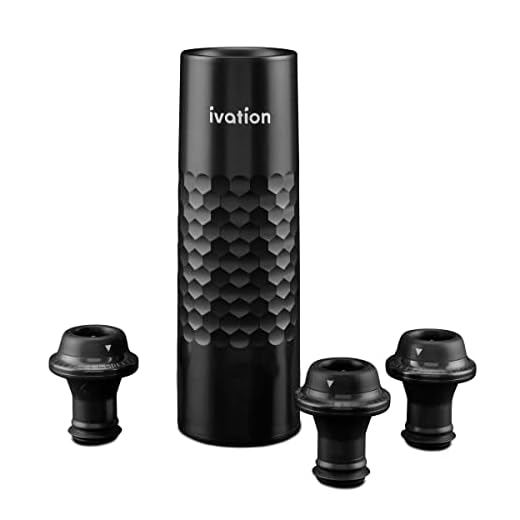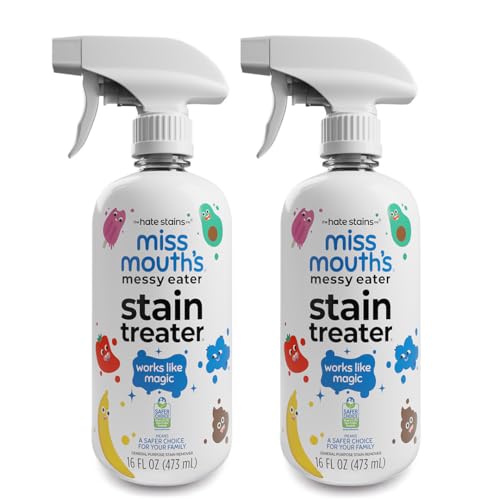



After unsealing a carton of quality boxed beverage, you can expect it to remain in optimal condition for approximately three to four weeks. This timeframe largely depends on how well it is stored. Keeping it in a cool, dark place is essential to preserving its character and flavor.
To maximize freshness, ensure the spout is tightly sealed after each pour. This minimizes exposure to oxygen, which can lead to oxidation and spoilage. If you’re consuming it regularly, keeping it refrigerated can further extend its lifespan, allowing you to enjoy each glass as if it were freshly opened.
While some may think that boxed selections are less sophisticated, they can offer remarkable value and longevity when properly handled. Embrace the convenience without compromising on quality, and savor your favorite selections over an extended period.
Storage Recommendations for Opened Wine in a Box
Once you’ve opened a container of wine, it remains fresh for approximately three to four weeks, depending on storage conditions. Ensure the box is kept in a cool, dark place, ideally between 50°F and 60°F. Exposure to heat and light accelerates oxidation, diminishing flavor quality.
Sealing Techniques
Utilize the tap mechanism effectively, as it helps minimize air exposure. If the box lacks a tap, transfer the remaining liquid into a smaller bottle to reduce air contact. Always reseal tightly to maintain optimal conditions.
Signs of Deterioration
Monitor for changes in aroma and taste. If you detect off-odors or a sour flavor, it’s time to discard the contents. A noticeable shift in color may also indicate spoilage. Trust your senses; they are reliable indicators of quality.
Exploring different varietals and learning about their characteristics can enhance your appreciation for these wines. Enjoy responsibly and make the most of your experiences!
Understanding the Shelf Life of Opened Boxed Red Wine
After uncorking, you can expect your wine to maintain quality for about three to four weeks. This timeframe can vary based on the specific blend and storage conditions. Keeping it in a cool, dark place and ensuring the spout is securely closed will help preserve its flavors longer.
Storage Tips
To maximize the lifespan, store the container upright to minimize air exposure. If you have a wine refrigerator, that’s an ideal environment. Otherwise, a regular refrigerator works well too, as cooler temperatures slow down oxidation.
Signs of Spoilage
Monitor for off smells, changes in color, or a sour taste as indicators of deterioration. If you notice any of these changes, it’s best to dispose of the remaining liquid.
For enthusiasts seeking exceptional photography gear, consider exploring the best aps c mirrorless camera dynamic range for capturing your wine moments beautifully.
Factors Affecting the Longevity of Boxed Red Wine
Temperature plays a significant role in the preservation of an opened container. Ideally, maintaining a cool environment between 50°F to 65°F will help prolong freshness. Exposure to heat can accelerate oxidation, leading to spoilage.
Oxygen exposure is another critical factor. Unlike traditional bottles, the design of a bag-in-box system limits air contact after pouring. However, each time you pour, you introduce some air. The more frequently the container is accessed, the faster the degradation process occurs.
Storage Conditions
Storing the container upright can prevent wine from coming into contact with the spout, which may lead to contamination. If possible, keep the box in a dark place away from direct sunlight. UV rays can negatively impact the flavor profile over time.
Quality of the Product
The initial quality of the liquid influences its longevity. Higher-quality selections typically contain better preservatives, such as sulfites, which can slow oxidation. Lesser quality wines may spoil more quickly after exposure.
Lastly, the closure mechanism of the spout also matters. A well-sealed spout will help reduce air influx and maintain integrity longer. Regularly check the spout for any signs of damage or leaks, as these can significantly affect the preservation of the contents.
Best Storage Practices for Opened Boxed Red Wine
Keep your opened container in a cool, dark place, ideally at temperatures between 50-60°F (10-15°C). Avoid exposing it to direct sunlight or heat sources, as these can accelerate oxidation and spoilage.
Ensure the spout is sealed tightly after pouring to minimize air exposure. If the original packaging doesn’t seal well, consider transferring the remaining liquid to a smaller container with a tighter seal to limit oxygen contact.
Store in an upright position to prevent leakage, especially if the spout is not fully sealed. This helps maintain its integrity and prevents any potential spills.
Consider using a vacuum pump to remove excess air from the container before sealing it again. This can significantly extend freshness by reducing oxidation.
Monitor the aroma and taste regularly. If you notice off-flavors or a vinegar-like scent, it’s time to discard it. Trust your senses; they’re your best guide.
Lastly, consume within 3-4 weeks after opening for the best experience. While some might last longer, quality diminishes over time, and enjoying it within this timeframe ensures optimal flavor and enjoyment.
Signs That Boxed Red Wine Has Gone Bad
Inspect your container closely. A sour or vinegar-like aroma indicates spoilage. If you detect an off-putting scent, it’s best to discard the contents.
Visual Clues
- Cloudiness or sediment that wasn’t present before can signal deterioration.
- Changes in color, such as browning, suggest oxidation.
- Leaking or bulging packaging may imply spoilage due to gas buildup.
Taste and Texture Indicators
- Bitterness or an overly sour taste is a clear red flag.
- A flat or lifeless texture may indicate loss of freshness.
Always trust your senses. If anything seems off, it’s safer to err on the side of caution and dispose of the wine. Enjoying quality is paramount.
Comparing Boxed Red Wine to Bottled Red Wine Longevity
In my experience, the preservation of opened containers varies significantly between bag-in-box and traditional bottles. Bag-in-box options can maintain their quality for approximately three to four weeks, while bottled selections typically last around three to five days after uncorking.
Oxygen Exposure
The design of bag-in-box wine minimizes oxygen contact, thanks to the vacuum-sealed bag that collapses as the liquid is dispensed. This feature helps to keep the contents fresher for a longer period. In contrast, once a bottle is opened, oxygen begins to interact with the liquid, leading to quicker deterioration.
Storage Conditions
Both types require proper storage to ensure longevity. Keeping bagged wine in a cool, dark place will maximize its shelf life. Bottled varieties benefit from similar conditions but are more sensitive to temperature fluctuations due to the glass container. For optimal results, I recommend storing both types upright to minimize sediment disruption.
Tips for Enjoying Boxed Red Wine Over Time
Keep the wine in a cool, dark place after opening to maintain freshness. Ideal temperatures range from 50°F to 65°F (10°C to 18°C). Avoid exposure to direct sunlight or heat sources.
Utilize the built-in tap for easy pouring. This minimizes oxygen exposure, which can lead to spoilage. Ensure the tap is tightly closed after each use to reduce air entry.
For optimal enjoyment, consume the contents within 3 to 4 weeks. This timeframe ensures the wine retains its intended flavors and aromas, making every glass as delightful as the first.
Consider refrigerating the wine, even if it’s a red variety. Chilling can slow the oxidation process, extending its enjoyable period. Just let it warm slightly before serving for the best taste experience.
Pair meals thoughtfully. Certain foods can enhance the wine’s characteristics, allowing you to savor it more fully. Think about complementing flavors, like grilled meats or hearty pasta dishes.
Keep track of the date you opened the package. This will help you monitor freshness and enjoy the wine at its peak quality.
| Tip | Description |
|---|---|
| Storage Temperature | 50°F to 65°F (10°C to 18°C), away from sunlight. |
| Use the Tap | Minimizes oxygen exposure; close tightly after use. |
| Consumption Timeframe | Best enjoyed within 3 to 4 weeks. |
| Refrigeration | Chill to slow oxidation; warm slightly before serving. |
| Food Pairing | Enhance flavors with complementary dishes. |
| Date Tracking | Mark the opening date for freshness monitoring. |
FAQ:
How long can I keep boxed red wine after opening it?
Once opened, boxed red wine can typically last for about 3 to 4 weeks. The packaging helps to preserve the wine longer than traditional bottles because it minimizes exposure to oxygen. However, for the best taste, it’s advisable to consume the wine within the first couple of weeks after opening.
What factors can affect the shelf life of opened boxed red wine?
Several factors can influence how long opened boxed red wine lasts. First, the storage conditions play a significant role; keeping the wine in a cool, dark place can help maintain its quality. Additionally, the type of wine itself can impact shelf life, as some varieties tend to oxidize faster than others. Lastly, how often the wine is poured and exposed to air can affect its longevity, so minimizing this exposure can help retain its flavor for a longer period.








